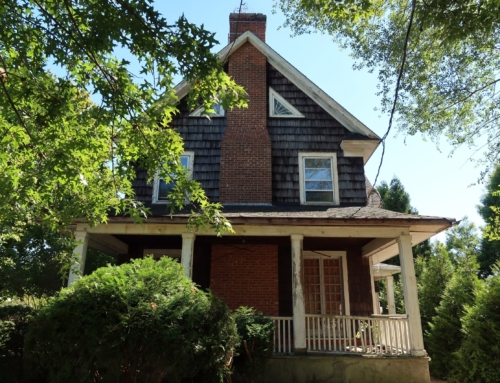Thinking about buying a brand new home? With the fire-hot pace of home sales burning through developer’s inventories, you may find it tough to buy the exact home you want at a price you can afford.
Last year, nearly 800,000 new single family homes were built and sold. Although the early months of this year have set new records, says Michael Carliner, an economist with the National Association of Home Builders, by the end of this year, home builders expect to do similar numbers. Still, the inventory of model homes and speculative homes is dwindling, and that means prices could rise.
“There will be years when you sell more homes than you build, and vice versa. But the inventories at this point are unusually low, and that means there will be some upper pressure on prices. And it means perhaps builders will build extra units to catch up and rebuild their inventories,” Carliner explained.
One of the problems with raising prices is that fewer people will be able to afford to buy new construction, particularly first-time buyers. Currently, the average price of a new home is approximately $180,000, while the median price (same number of homes sold above the median as below it) is running about $150,000 for several very different parts of the country. According to Carliner, the ratio of the average price of new homes to the median price indicates that more homes are selling at the high end of the market.
“For two or three years we’ve had a disproportionate number of homes being sold to first-time buyers,” he added. That’s changed, indicating a strong trade-up buyer.
But do rising prices mean that consumers are now overpaying for new construction? Given the incredible rise in the sales price of existing homes, Carliner isn’t sure a price increase means consumers are paying too much. And waiting to buy until prices fall means you could be waiting a long time.
“I don’t expect to see house prices going down. And, (because of reduced inventory) I think we are seeing that it’s become more difficult to get some of the bargains that were available a year or two ago,” he added.
While the level of construction might be great for the builders’ bank books, Carliner said there are things consumers should be concerned about. One of those is how quickly some developers are throwing up houses.
“I think one of the things home buyers have to be careful of is that builders are having trouble finding skilled labor. You want to make sure that you’re dealing with a builder who maintains tight quality control because under that situation, you may have people that don’t do quite as good as job as you get when only the top craftsmen were employed,” Carliner noted.
The problem, he explained, is that not enough people are going into the construction trades. Carliner said there is an upward push on construction labor wages, so that home builders can attract more workers.
“But one of the problems builders are having in terms of keeping and attracting qualified labor is being able to offer the same kind of securities and benefits they might get in another kind of occupation,” he noted. New tradespeople are concerned that when the boom fades away, they’ll be left without a paycheck.
What can you do to ensure the home you buy will last for a long time?
Carliner counsels home buyers to find a quality home builder before you sign an offer to purchase or a contract (if you are building on your own land).
Talk to people who have had homes built by the developer or builder. See how well these homes have stood the test of time.
Ask whether the home builder promptly fixed punch list items, or lived up to his or her construction promises.
Make sure the builder as an established track record in your area, and check with the local village or city officials to find out if any complaints have been lodged against the builder.
Published: Apr 27, 1998






Leave A Comment